8 Types of Rollers (Road Rollers) – Uses, Advantages & Disadvantages [Explained with Complete Details]
![8 Types of Rollers (Road Rollers) - Uses, Advantages & Disadvantages [Explained with Complete Details]](https://engineeringlearn.com/wp-content/uploads/2023/01/Rollers-1024x539.jpg)
Introduction
8 Types of Rollers – Uses, Advantages & Disadvantages [Explained with Complete Details]: – Rollers are tremendous construction machines that compress earth, concrete, gravel, crushed stone, or asphalt on construction site surfaces. They are widely used in road building and compact foundations on significant construction sites and depend on their weight, combined with different mechanisms like vibration and kneading, to compress the surface. There are various types of rollers ideal for various types of compaction.
The rolling technique ensures that foundations are appropriately compacted and that materials are compact and don’t come free, and road rollers are notable in the building business. The roller has a few components, including diesel motors and a canopy to safeguard the driver. This drum can be either vibratory or static, a compaction meter to measure the degree of compaction, a water system, and tires.
Different Types of Rollers
Below is the list of different types of rollers:
1. Pneumatic Rollers: ( Types of Rollers )
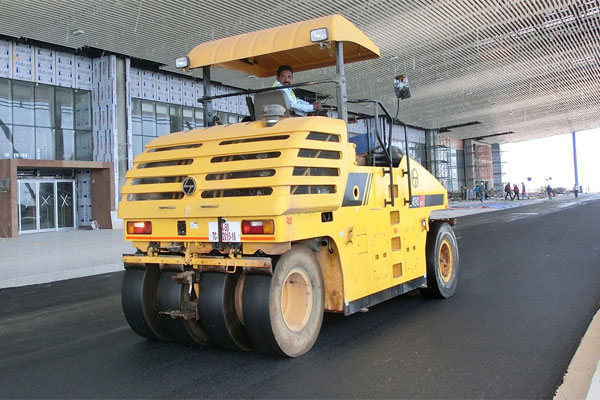
Compress pneumatic tire rollers use air to create the required inflation pressure. The contact pressure in stone is determined by the contact area and the inflation pressure. The roller is normally made of 9 to 11 wheels mounted on two axles and fitted with pneumatic tires that furnish total inclusion with every roller pass.
The rollers arrive in an assortment of load capacities. The roller’s gross mass ranges from 5 to 200 Mg. The inflation pressure goes from 200 to 1000 kN/sq.m. The rollers are accessible in both self-propelled and towed versions.
The kneading movement of the roller compacts the soil. These rollers are equipped with compacting both cohesive and non-cohesive soils. The ideal type of equipment for general use is these rollers.
2. Cylindrical Rollers: ( Types of Rollers )

The most basic roller, these rollers have the conventional or traditional cylinder drum and are either single drum rollers or two drum rollers, contingent upon the design. This road roller is commonly used to combine stone or similar materials into flat ground. These rollers function admirably while utilizing surface dressings to create an even smoother and flatter surface. Cylindrical rollers, typically made of iron, stone, or concrete and have a diameter of 1 meter, are primarily utilized for modest and confidential tasks, for example, yard work.
3. Smooth Wheel Rollers: ( Types of Rollers )
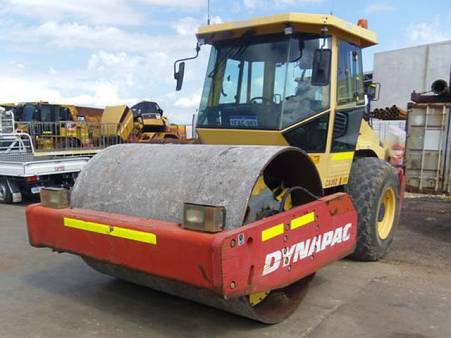
These rollers go with one big steel drum in front and two steel drums toward the back. The gross load of these rollers is in the scope of 8-10 tons. The other kind of smooth wheel roller is called a couple Roller, which weighs between 6-8 tons. The heaviness of the roller can be expanded by as much as 20 tons by ballasting within the space of the roller drums with either water are wet sand. Steel segments are likewise stacked in some cases on twofold drum rollers mounted on a steel edge to which axles are joined.
The presentation of a smooth wheel roller relies on its heap per cm width and measurement of the roll. The heap per cm width is gotten from the gross heap of the drum. Smooth wheel rollers are valuable for compaction when the material doesn’t need incredible tension. These are likewise used to complete the upper layers.
4. Grid Rollers: ( Types of Rollers )
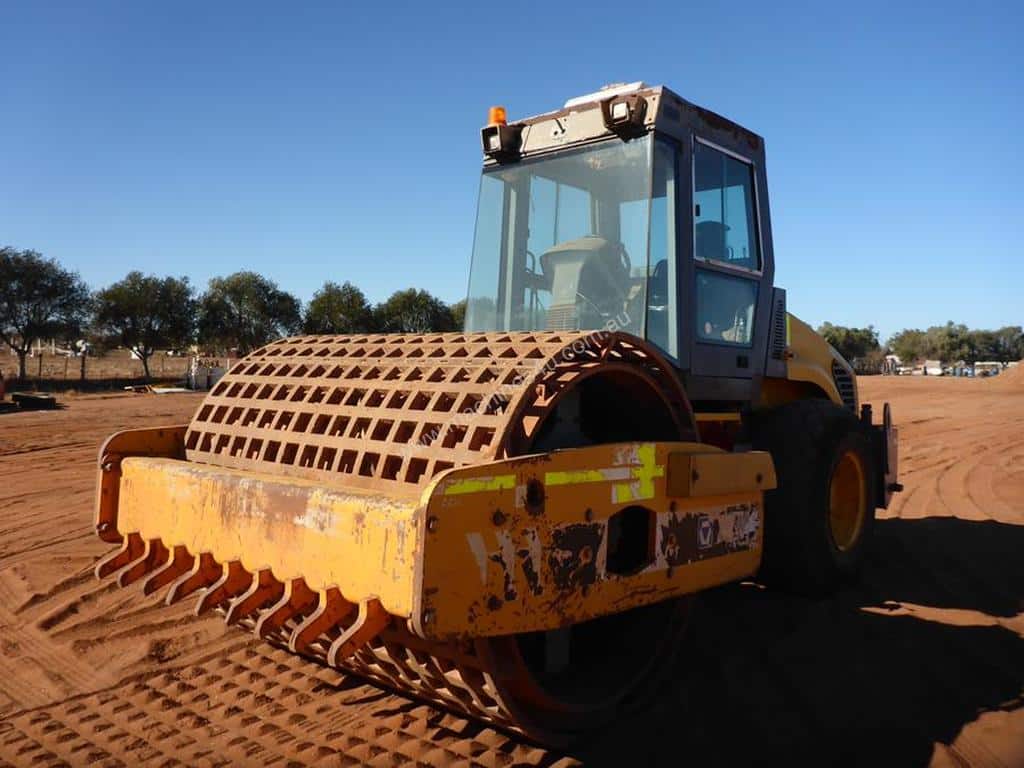
Grid rollers are a roller with a grid-like a pattern on the steel drum made by a network of steel bars. The grid can be ballasted with concrete blocks or steel connections for added contact pressure. These rollers are normally dragged or conveyed behind a tractor or other heavy machine. On compaction action, the grid pattern or design on the cylinder drum makes a high contact pressure with the least kneading activity. Grid rollers are utilized on very much evaluated, coarse soils, worn rocks, and subgrade and sub-base road projects along these lines.
5. Sheepsfoot Rollers: ( Types of Rollers )

Sheepsfoot rollers, otherwise called tamping rollers, have various rectangular-shaped lugs, or “feet,” on them. Sheepsfoot rollers are a static and vibration type machine, they are utilized for the compaction of soil with a combination of all fine-grained clay and sand gravel. Modern models have metal drums with luggage fixing and can compress to 14 kg/sq cm. There are various kinds of lugs for example spindle-shaped wide base, prismatic, and clubfoot types.
The weight of the drum can be expanded as on account of rollers of smooth wheels with water, wet sand, or mounting segments of steel. For compacting heavy clay and silty clay, sheepsfoot rollers are viewed as exceptionally effective. These rollers are utilized in road and rail projects. A solitary drum is required to be towed with a tractor or these can be mobile sheepsfoot rollers with tandem drums. Ballasting with water, wet sand, or steel sections can expand or increase the weight of these drums.
6. Padfoot / Tamping Rollers: ( Types of Rollers )
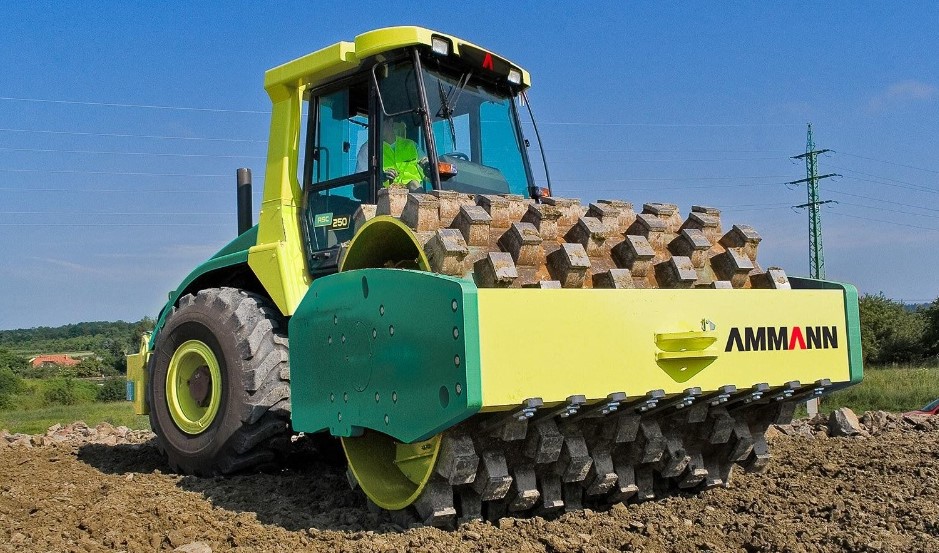
These rollers are like sheepsfoot rollers with lugs of larger areas than sheepsfoot rollers. The static pad foot rollers additionally called tamping rollers have static weights in the range of 15 to 12 40 tons and their static linear drum loads are somewhere in the range of 30 and 80 kg/cm. By virtue of their larger production capacity, they are replacing sheepsfoot rollers. The degree of compaction accomplished is more and there is greater consistency of density. They operate at high speeds and are capable to do in any event, breaking large lumps. The rollers with leveling blades have the capacity of spreading the material. There are likewise self-propelled pad foot rollers weighing around 11.0 tons or more and having a straight heap of 30 kg/cm to 50 kg/cm.
7. Static Roller: ( Types of Rollers )
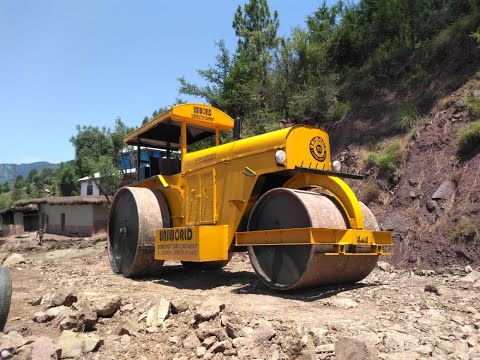
Static rollers are classified into two classes, i.e., single drum rollers and double drum rollers.
(i) Single Drum Roller
A single drum roller is a piece of heavy-duty equipment or gear. A large drum can be viewed toward the front, while unique tires found at the back. These tires are more durable and can keep away from the majority of flats. You’ll require these heavy-duty tires while chipping away at streets and construction sites.
Present-day variations come in three different configurations to oblige varying surface compaction prerequisites. A high degree of execution and trustworthiness is ensured by utilizing top-notch components. The design for-quality principle can find in the reinforced front scraper, the sturdy 32 mm thick drum, and the turbocharger with pre-cleaner.
(ii) Double Drum Roller
The double drum roller, otherwise called a tandem roller, features one steel drum in front and one in back. Present day double drum asphalt roller range features or highlights everything from the most compact gear for fix occupations to large machines for the biggest sires. Vibration-dampened platforms, swivel seats for better visibility, logically sorted controls, and rollover protective structures (ROPS) all contribute to mobility, operator ergonomics, and safety.
8. Vibratory Rollers: ( Types of Rollers )

Vibratory Rollers are for the most part used to compact loose soil or asphalt in road and highway construction. These devices are frequently utilized on building sites for ground compaction and adjustment.
These machines likewise track down an application for ground compaction/stabilization at construction sites. These days organizations make 10 tons to 12 tons soil compactors and 3.5 tons and 9 tons tandem compactors with cutting-edge highlights. Vibratory rollers are used to compact loose soil or black-top and are fundamentally utilized for streets and parkway development. These machines additionally track down an application for ground compaction/adjustment at building locales. We can now get 3.5 tons and 9 tons couple compactors with cutting edge highlights.
Advantages of Rollers
- Fundamental advantages of utilizing a roller are pushing down rocks into the soil and crushing dirt clods and corn root balls.
- Leveling the ground allows for a quicker and simpler harvest and lessens the potential for damaging combine guards, sickle segments, or other costly mechanisms.
- Different benefits to rolling harvested corn fields incorporate eliminating stubble, which diminishes damage to tires, and flattening the corn, which helps microbial degradation and decomposition.
- Rolling fields before planting corn prevents the row units from bouncing around, empowering better seed placement for an all the more even stand.
- Land rolling soybean fields in the wake of planting allows for lowering the header closer down to the ground, which may slightly increment yield.
- It can likewise diminish how much dirt is taken in by the combine for a cleaner harvest and potential added premiums.
Disadvantages of Rollers
- Rolling likewise causes a reduction in water infiltration, which increments soil runoff and contributes to further disintegration.
- Degradation of soil and decreased water quality is by all accounts not the only risks.
- Potential nutrient loss is likewise a worry, especially phosphorus and nitrogen in the spring, in this manner affecting yield.
- Different drawbacks might emerge, like soil compaction, increased weed seed germination, and crop seedling damage might happen on the off chance that rolling is conducted after emergence.
- Under wet, humid conditions, postemergent rolling may likewise prompt the spreading of diseases across fields.
- Try not to move rolling wet fields as this result bring about soil crusting or sealing and rolling when soybean plants are damp in light of the fact that plants might adhere to the roller and might be pulled out of the ground.
Conclusion
For anybody looking to increase their performance, rollers are an unquestionable necessity. Try to pick one that meets the project’s requirements. The system exposed a lot of strain, so it’s critical to start with a dependable solution. With the help of a high-grade road roller, ensuring ideal outcomes is easier than at any other time before. There are numerous necessities related to a roller and the operator needs to handily overcome the project demands. In view of this, the road roller is perfect as it can deal with all that the project demands. There is a feeling of power that shows up with an extraordinary road roller and putting resources into one quickly is significant. The right road roller can follow through on all assumptions and keeps on expanding the work that is being done.
Content Source: – engineeringcivil, constrofacilitator, channel
Image Source: – constrofacilitator, turftimeeq, apcoinfra, machines4u, fastpulseplanthire, forconstructionpros, baxterhire













